Everything you need to know about specifications and performance - Hyundai Trajet 2000 - 2.7 i V6 24V (173 Hp) Automatic
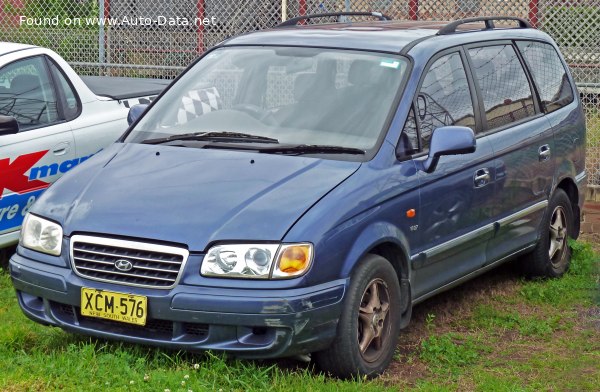
Overview:
What is the engine capacity of a Hyundai Trajet 2000?
The engine capacity of the Hyundai Trajet 2000 is 2656.
Hyundai Trajet 2000 How many horsepower?
The engine power of the Hyundai Trajet 2000 is 173 Hp @ 6000 rpm..
What is the Hyundai Trajet 2000 engine?
Hyundai Trajet 2000 engine is Delta / G6BA. (Click to see other cars using the same engine)
How much gasoline does a Hyundai Trajet 2000 consume?
The Hyundai Trajet 2000 consumes 11.3 liters of gasoline per 100 km
General:
Engine:
Performance:
Space:
dimensions:
Powertrain, Suspension and Brakes:
See also
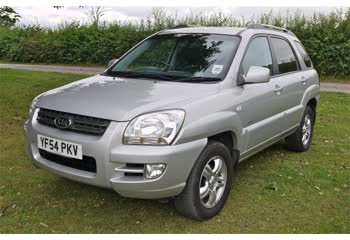
Same engine. (Delta / G6BA).
Its production began in 2004 until 2008
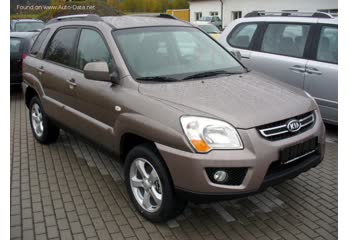
Same engine. (Delta / G6BA).
Its production began in 2008 until 2010
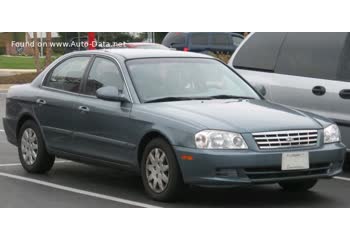
Same engine. (Delta / G6BA).
Its production began in 2001 until 2002
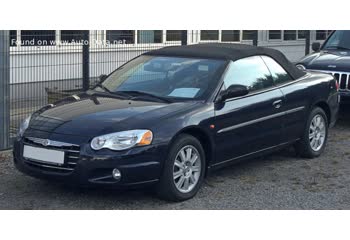
Same production year and almost the same engine capacity.
Its production began in 2000 until 2007
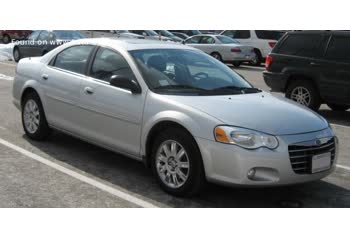
Same production year and almost the same engine capacity.
Its production began in 2000 until 2006
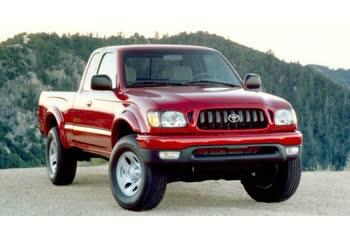
Same production year and almost the same engine capacity.
Its production began in 2000 until 2004
Write a comment